In addition, the infrastructures solutions used in petrochemical refineries and chemical production facilities should not only provide reliable energy management but also be integrated with real-time data management and monitoring systems. As EAE Electrotechnical, our solutions enable operations to run seamlessly and securely, while also helping to quickly detect and resolve potential faults.
PanelMaster Low Voltage Type-Tested Switchboard Systems provide high security and durability for use in petrochemical refineries and chemical production facilities. In these facilities, where energy continuity and maintenance safety are critically important, our systems are equipped with type test certificates from internationally accredited laboratories with high technical values. Additionally, they support Form 4b applications, ensuring operational safety.
You can click here to explore our PanelMaster Panel System in more detail.
PanelMaster Withdrawable Motor Control Switchboard Systems are widely used in these projects as they are designed to meet the high security, flexibility, and easy maintenance requirements for power circuits and motor starting circuits.
• IEC 61439-1-2 Type Test Standard
• IEC 60068 Seismic Test Standard
• IEC 61641 Internal Arc Test Standard
You can click here to explore our PanelMaster Drawer-Type Panel System in more detail.
E-Kabin Low Voltage Type-Tested Electrical Enclosures offer solutions with a wide range of products to meet the needs of control, command, and various applications in both internal and external environments of petrochemical refineries and chemical production facilities, including 304-316 stainless steel options. E-Cabinet panel products, with their international accredited standards, provide durable and long-lasting use, making them suitable for the challenging working conditions of refineries and chemical production plants.
• IEC 62208 Type Test Standard for Empty Panels
• IEC 60529 Protection Rating in Panels
• IEC 62262 Protection Against External Mechanical Impacts
For this sector, E-Cabinet solutions that stand out could be Stainless Steel and External Solutions.
E-Kabin Type Tested Stainless Steel Electrical Enclosures
Our products can be manufactured in 304 or 316 quality upon request. Based on the standard product design, size modifications, material thickness adjustments, and desired hole processing can be applied.
Additionally, manufacturing in desired RAL colors or with varnish coating is possible. If preferred, instead of the standard high-chemical-resistance pendulum latch system, a lock system made from 316-grade stainless steel can be selected.
All internal accessories such as mounting profiles, mounting plates, front cover systems, etc., used in all E-Cabinet series can also be used for stainless steel products.
Thanks to our manufacturing techniques, welding bolts used for various door components are applied in a way that leaves no marks on the outside of the door. This ensures a clean and smooth surface appearance.
You can click here to explore our stainless steel panels in more detail.
E-Kabin Type Tested Outdoor Electrical Enclosures
The external factors that panels are exposed to in outdoor environments are much more significant than those in internal environments, such as snow, rain, dust, mud, sand, etc. The panel must maintain its structural integrity and continue to function despite these factors. Therefore, external panels should be designed accordingly.
One of the most important accessories in these products is the roof. It needs to be properly designed to prevent accumulated water from entering when the door is opened. Additionally, it should prevent water leakage or water run-off from the reverse angle.
There is a common misconception in the market that a high IP protection rating automatically means suitability for outdoor use. However, a high IP protection rating does not necessarily mean the product is suitable for external environments. Although the relationship between dust and water is defined for products with high IP ratings, the exposure to corrosion is shorter in outdoor environments. Additionally, the effects of solar radiation must be considered, which are not taken into account in the IP protection rating. Corrosion resistance is one of the most important factors in external panels. You can find our article on corrosion resistance above.
E-Cabinet H Series external panels are designed for outdoor environments, available in either modular or monoblock configurations. You can click here to explore our E-Cabinet external panel series.
You can click here to explore our entire E-Cabinet product portfolio in more detail.
KabinPLUS Information Technology Infrastructure Solutions provide sustainable systems for every building and facility where data and communication are involved. These solutions are designed to be environmentally suitable, durable, modular, long-lasting, highly secure, aesthetic, and user-friendly.
You can click here to explore our KabinPLUS products in more detail.
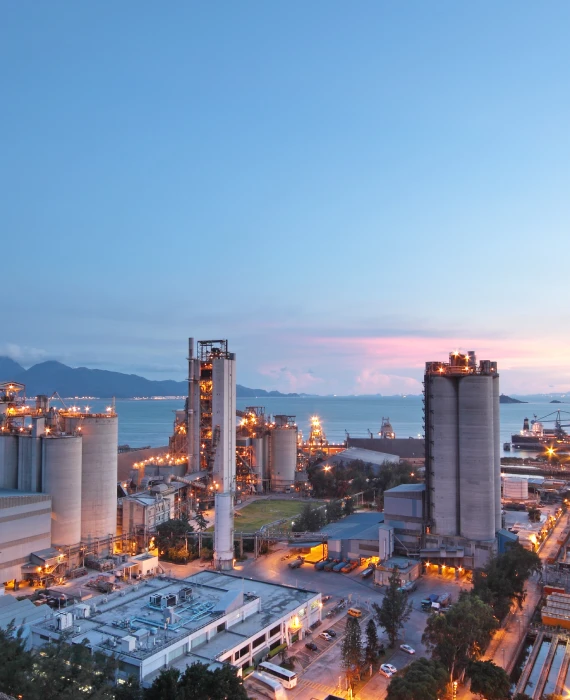

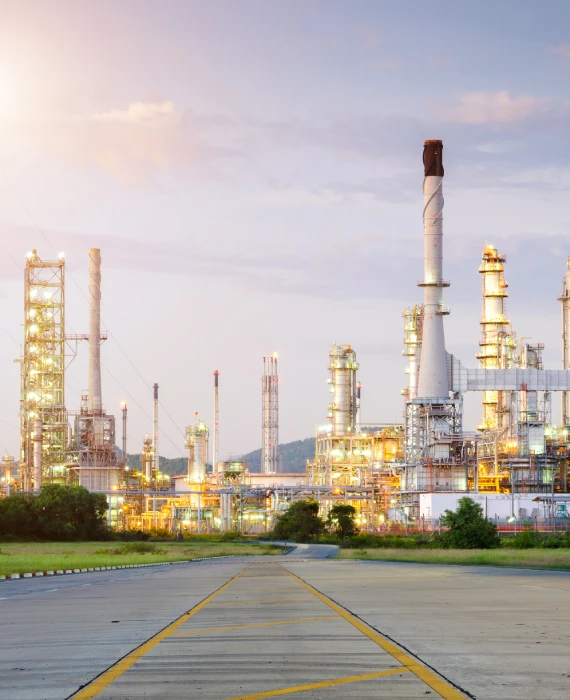
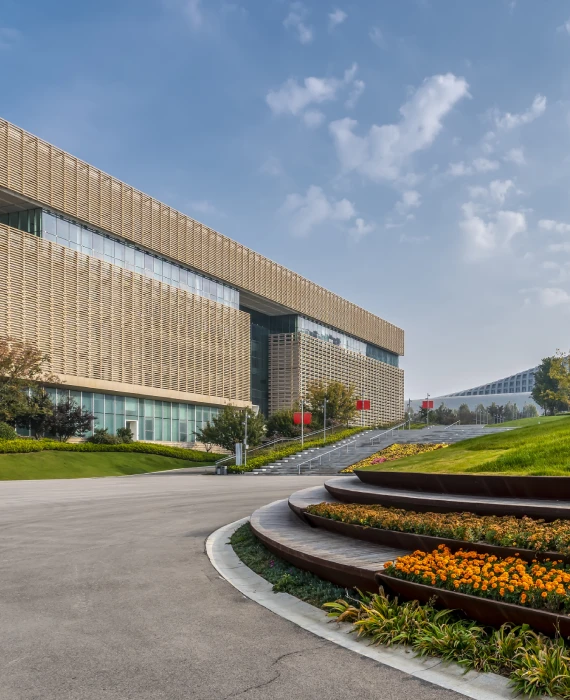
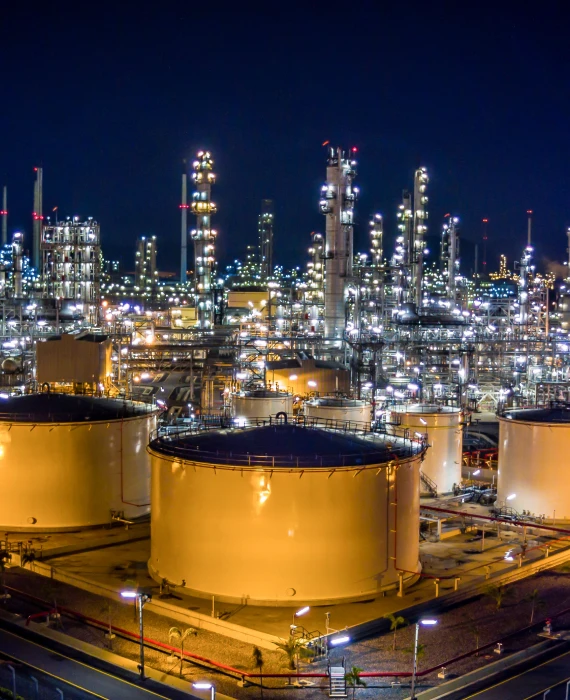
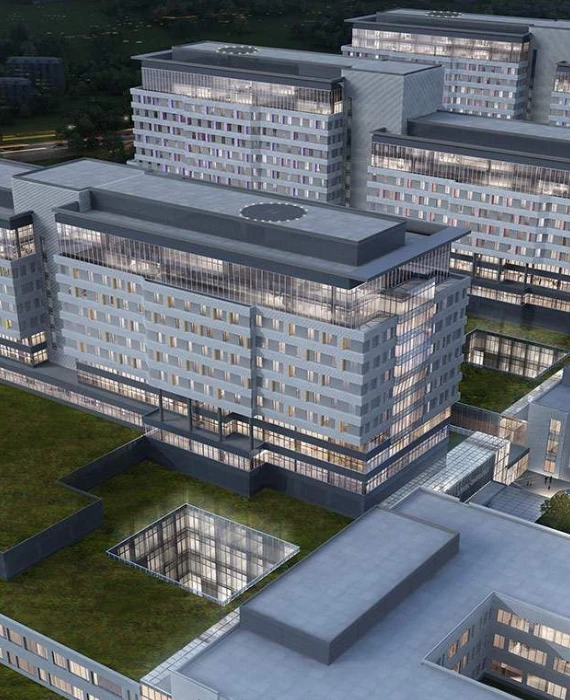
_shutterstock_750265378.webp)
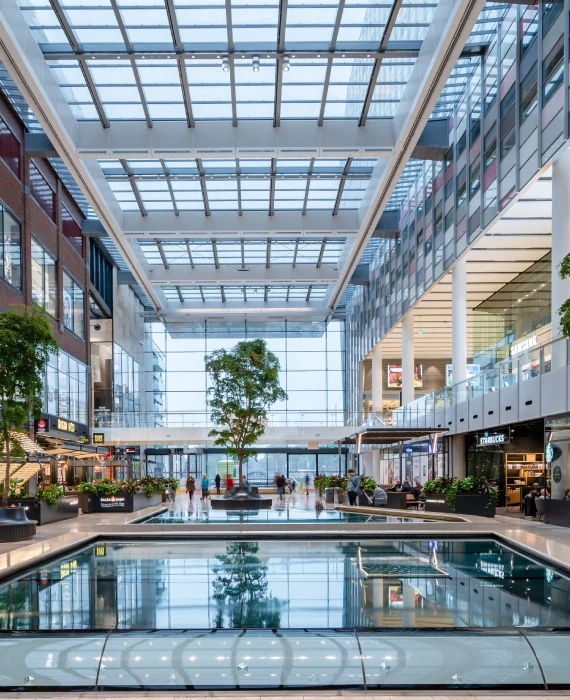
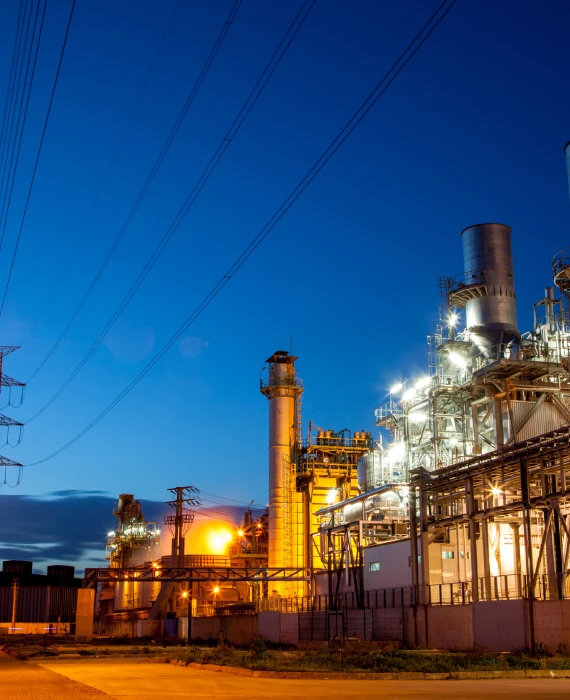
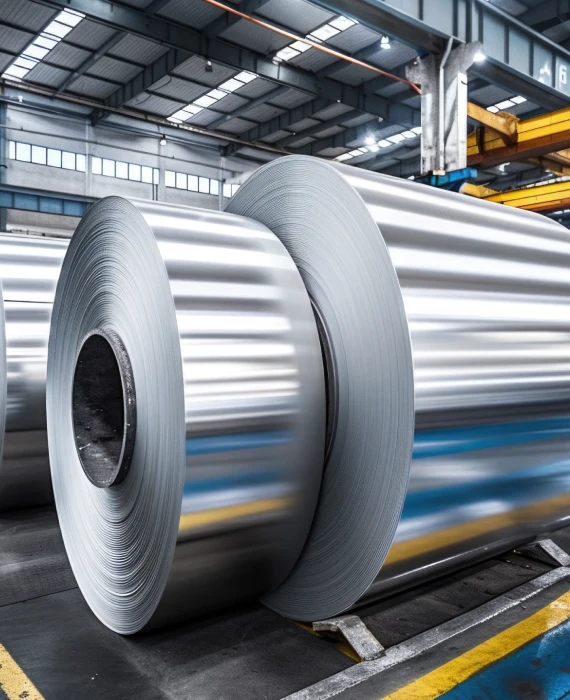

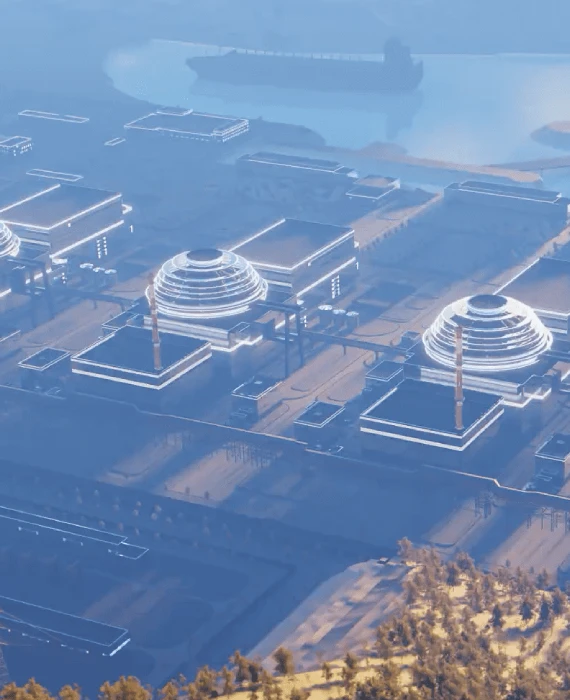

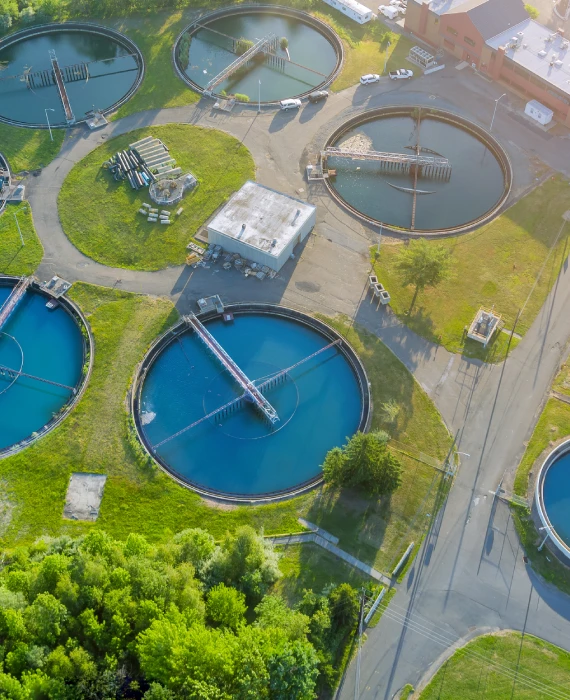
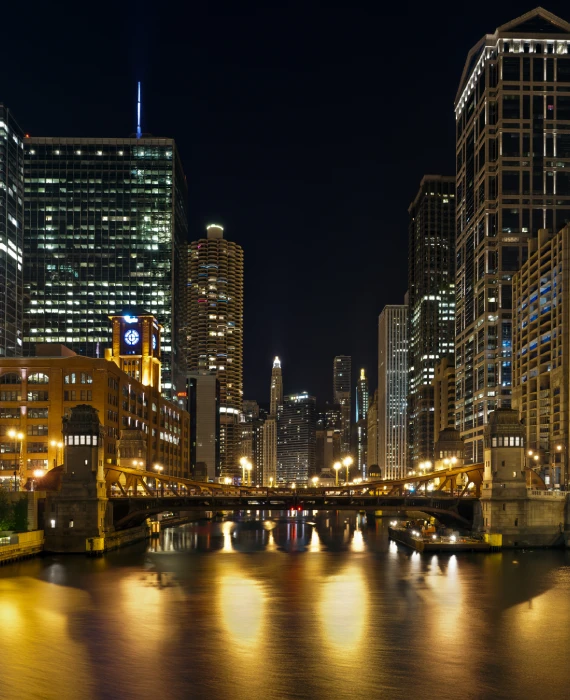
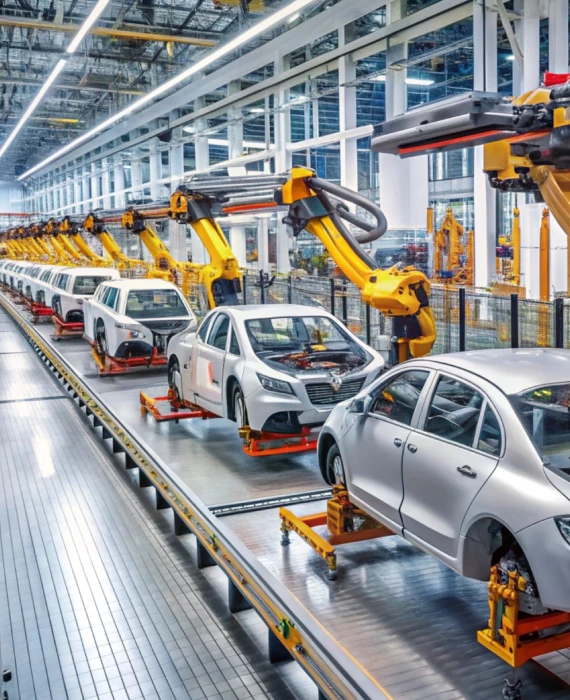

.jpg)
.jpg)
.jpg)
.jpg)

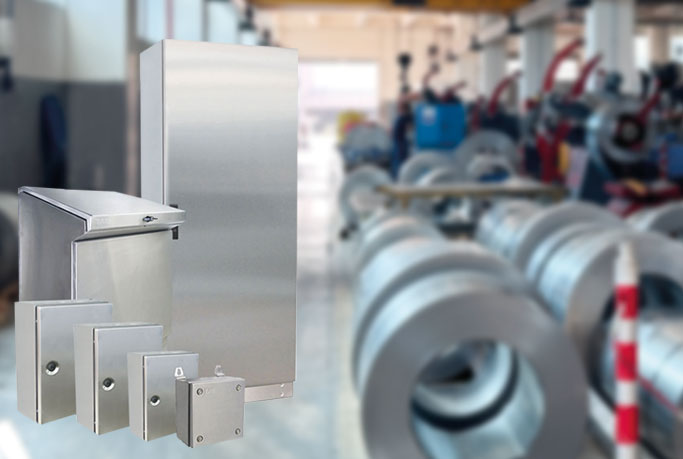

.webp)
.jpg)
.jpg)
.png)
.jpg)
-(1)-(1).jpg)
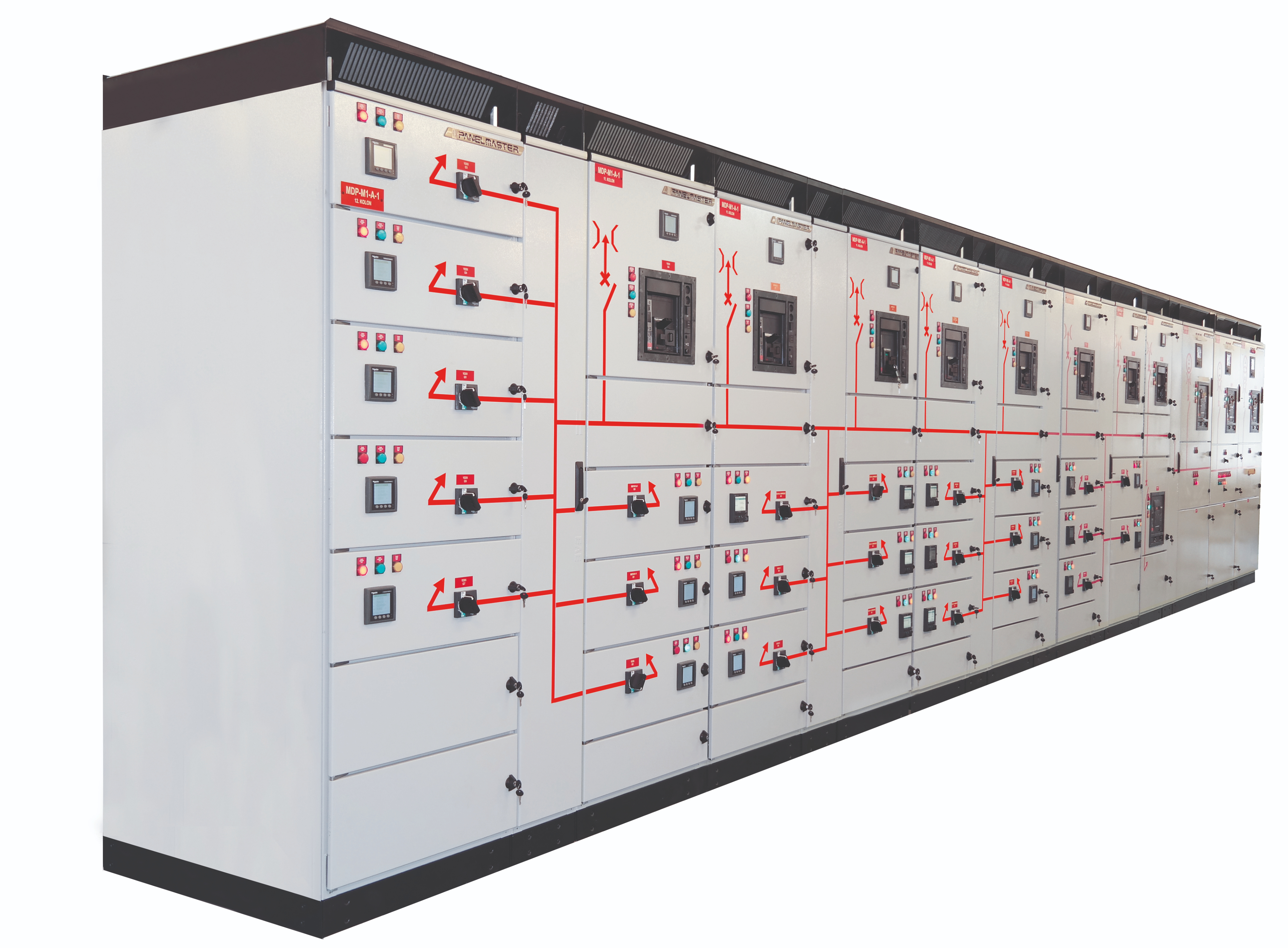
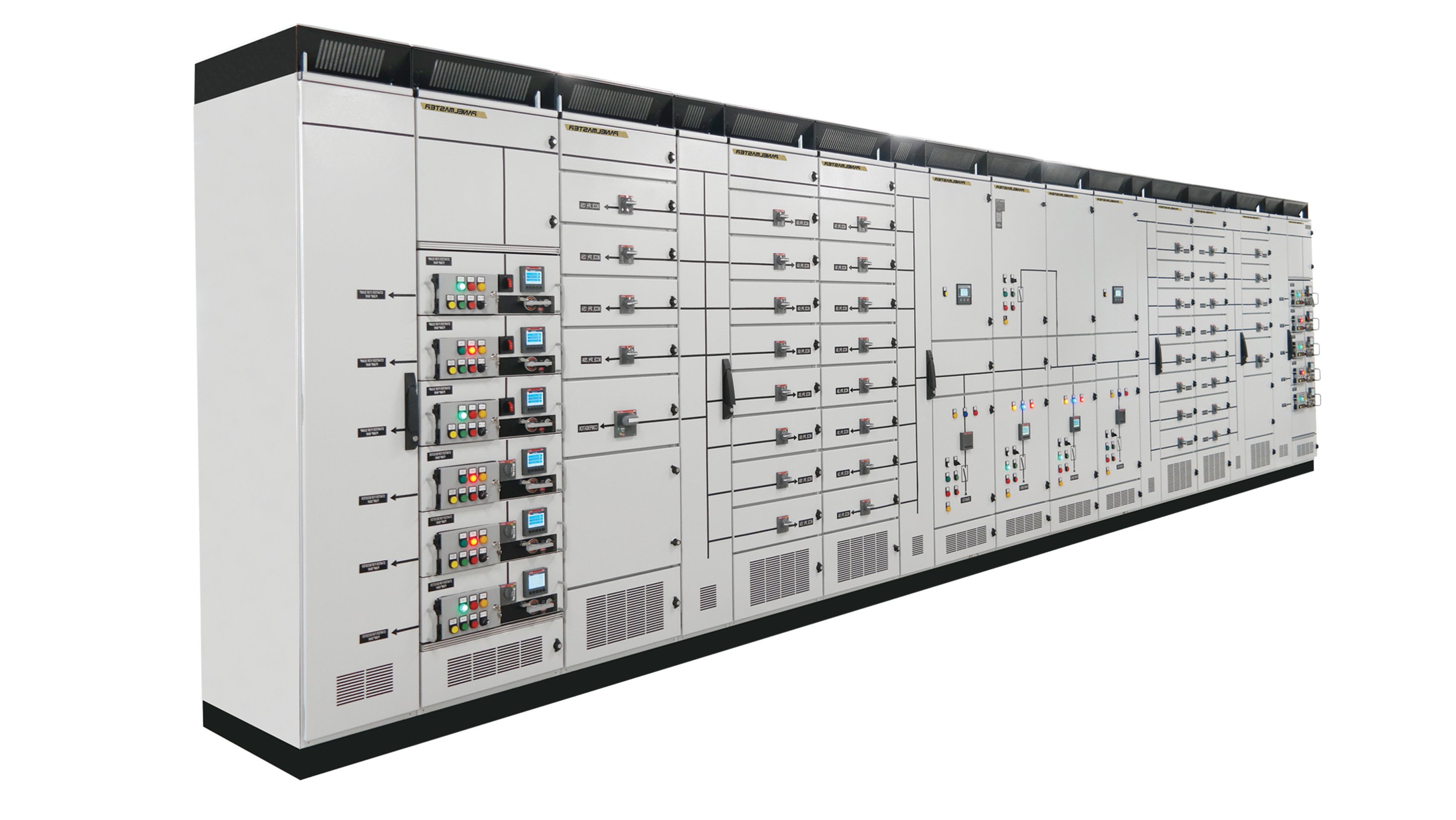
-(1).jpg)
-(1).jpg)
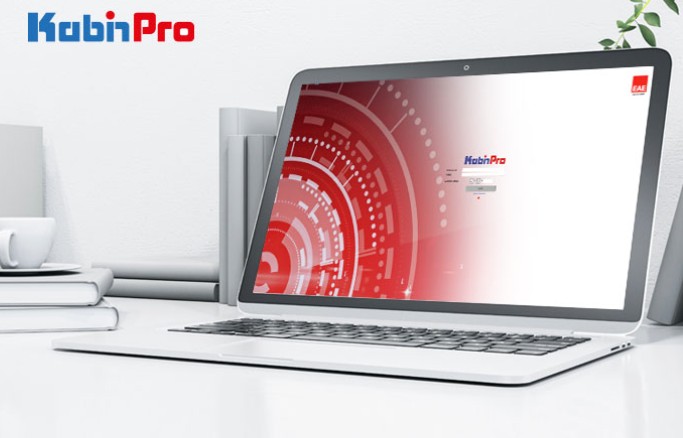
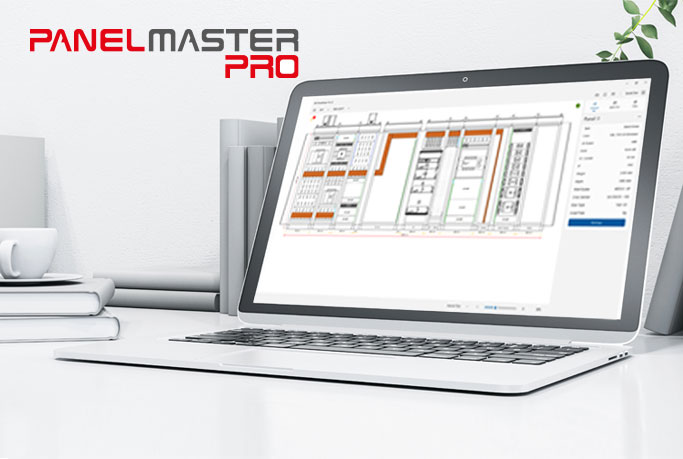


.jpg)
.jpg)
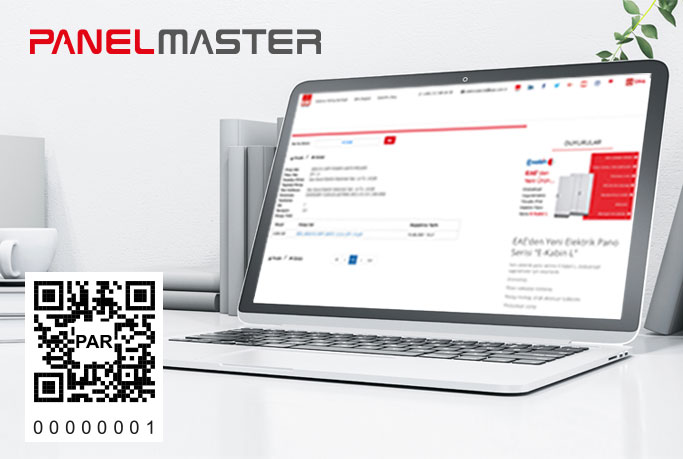
.jpg)